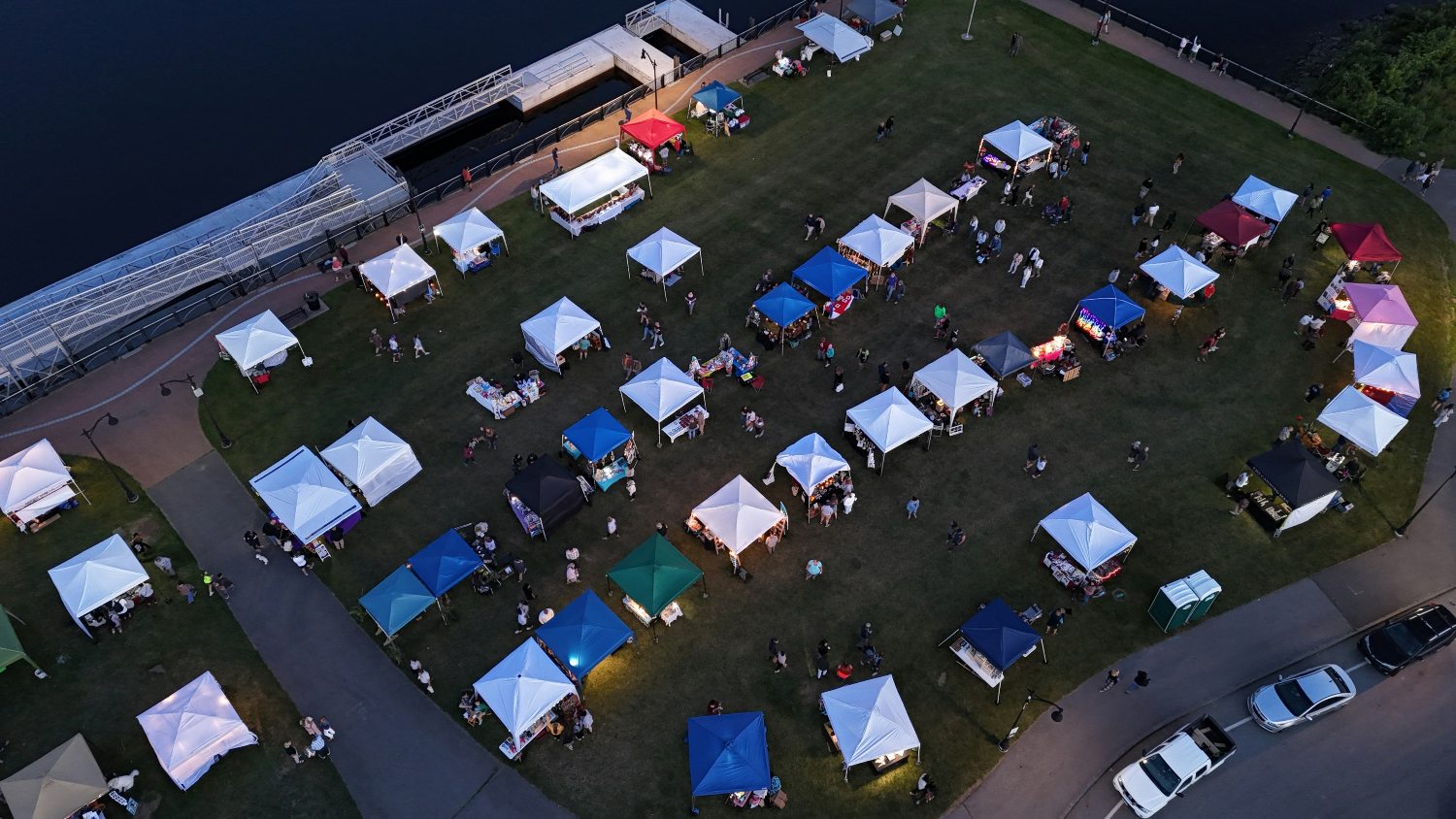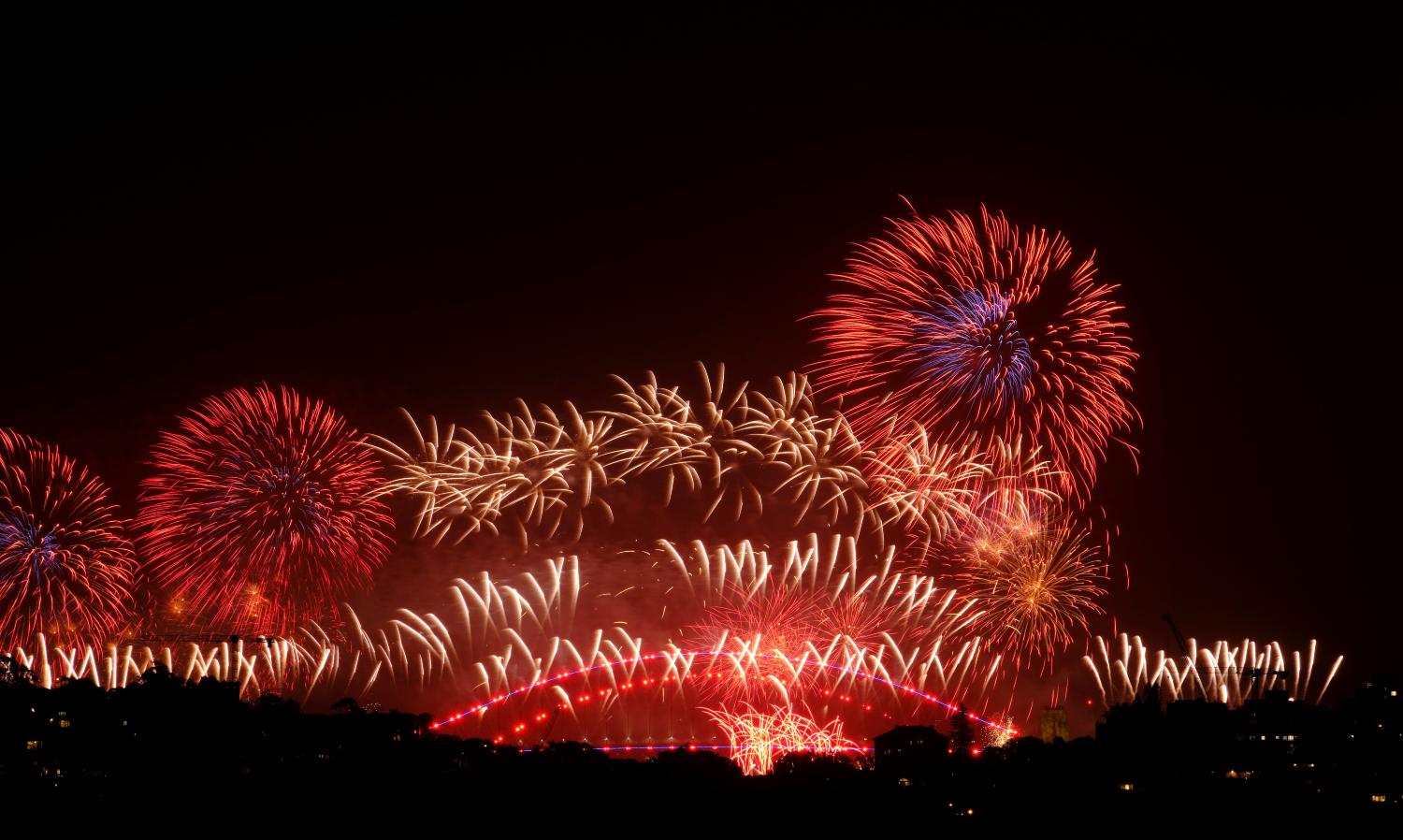Slips, trips and falls at events are a major hazard to society. They cost the UK economy over £800m a year, yet they’re often not taken seriously. In reality, they pose a major threat, and the risks can be particularly prevalent at events like yours.
The good news is, with some care and attention, the risks are often completely avoidable. And, even better, it’s not likely to cost much to put measures in place to keep yourself, your event team and your customers safe.
What’s the risk?
Slips, trips and fall hazards affect businesses of all shapes and sizes. So why are events at particular risk? Due to the temporary nature of many events, chances are your infrastructure is temporary too.
Because of this, you may end up with potential hazards that most businesses won’t face. Whether it be temporary walkways on rural land, cables being laid for power, sound or lighting, or structures such as marquees, tents and stages. All these factors carry increased risks for slips trips and falls at events.
It’s easily done – you don’t spot that guy rope, some walkway becomes uneven and someone catches their toe, or a wire gets loose and trips someone over.
So how prevalent is this effect, and what can be done to mitigate against the risks?
Stats from the HSE
With over 21,000 incidents and injuries related to slips trips and falls taking place in the last 12 month period reviewed by the HSE, this is an issue that isn’t going away.
Insurance claims for these incidents can run into the thousands, or tens of thousands. This means that that mitigating the risk and taking control of the situation is key to avoiding major claims on your insurance (and avoiding having to pay the excess for each claim).
Your legal responsibility
There are several pieces of legislation that govern how you should keep your staff, members and guests safe. These are:
- The Health & Safety at Work Act 1974
- The Management of Health & Safety At Work Regulations 1999
- The Workplace (Health, Safety & Welfare) Regulations 1992
Each of these defines your legal responsibilities and actions you should take to make your event as safe as possible. You can get more information on each of the above by following the links shown.
Managing the risk
It’s important you have a strategy to manage the risk of slips trips and falls at events. This way, if the worst does happen, you have the evidence to prove that you have taken all reasonable measures to prevent anyone coming to harm.
There are a number of things you can do straight away, such as:
- Maintain a record of all slips, trips & falls that take place, monitoring frequency, severity and cause. Make a note of every incident, however small or seemingly insignificant.
- Make sure you have a ‘competent person’, to manage and mitigate your risks. You can work alongside our risk management department if you don’t have a competent person, and we can take on that role for you.
- Undertake and document risk assessments for any areas of your event where an individual may be at risk of a slip, trip or fall. These should be adapted as changes happen at the event – make sure last minute changes to infrastructure aren’t forgotten.
- Document controls that have been put in place to reduce obstructions and contamination in high traffic areas.
If you need support in assessing your risk, there are a number of tools available to you. The HSE themselves provide a number of resources such as the Slip Assessment Tool (SAT) and Slips & Trips E-learning Package (STEP).
However, for complete peace of mind, we’d recommend investing in expert assistance to make sure your strategies are robust, and could stand up to scrutiny should the worst happen and the HSE become involved in a claim.
Don’t take your eye off the ball
One of the most important things, is to actively monitor your risk. Don’t put procedures in place then forget about them until something happens.
Set yourself a routine or schedule, and review all potential risks at periodic intervals. This will demonstrate that you are doing everything within your power to protect yourself, your staff and your members or customers.
Constant monitoring also means that you are also consistently reducing the risk for everyone, making sure that it’s highly unlikely for an accident to happen.
Particular times to be aware of, are in periods of severe weather, any material changes to your premises, or through cleaning schedules.
What next?
Review the advice above, and take a look at your existing policies and procedures. If you’re not sure they stack up, or if you think there are areas of risk at your event. Take action now. Don’t wait until it’s too late, and someone gets hurt.
If you need support or advice on slips, trips and falls at events we have a specialist risk management team on hand to walk you through the minefield of regulation around this topic. And we can provide the peace of mind you need to stay safe.
For more information, do get in touch.


